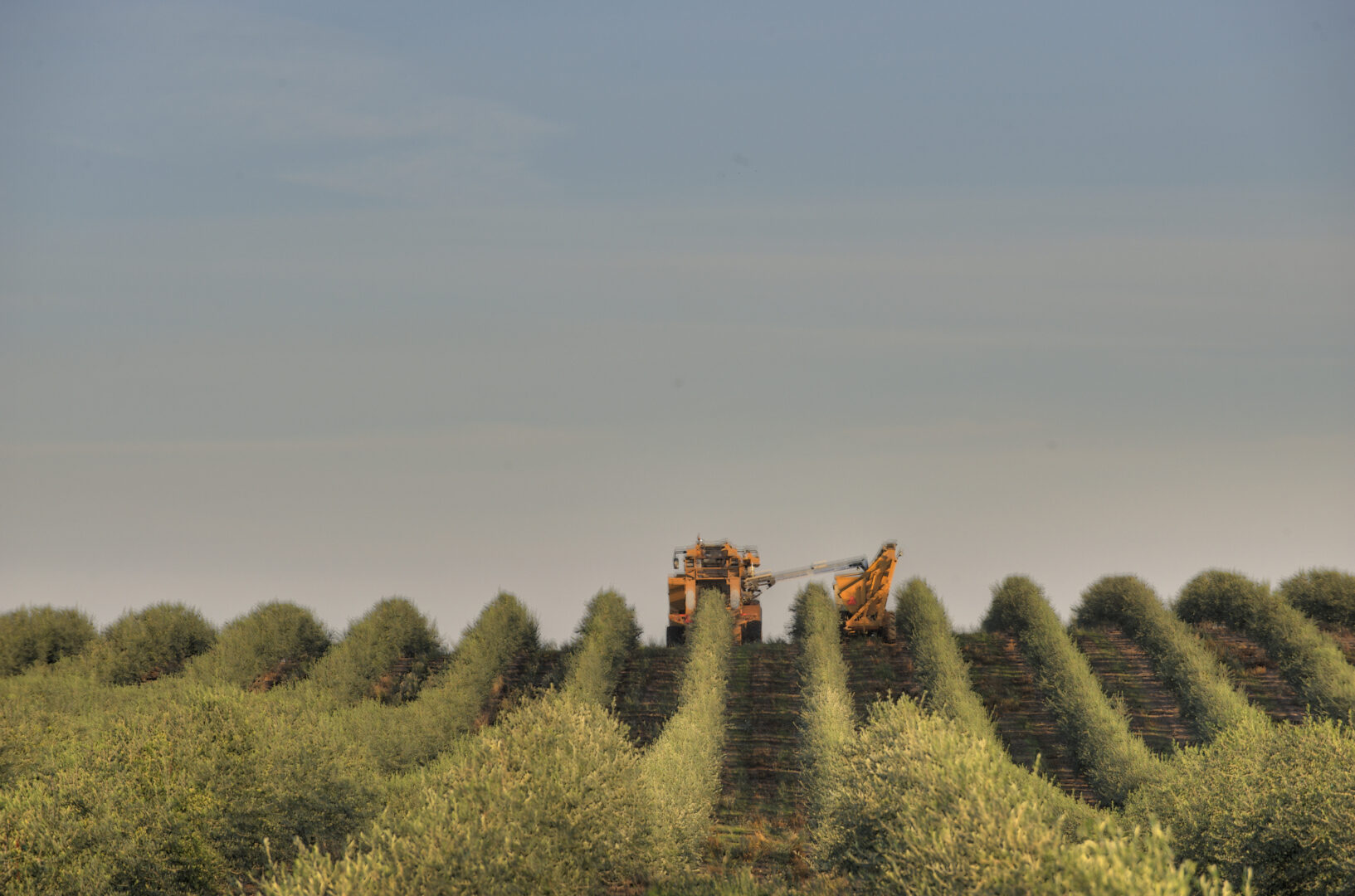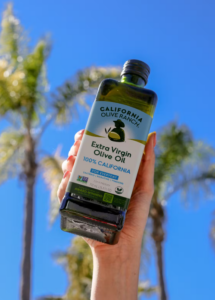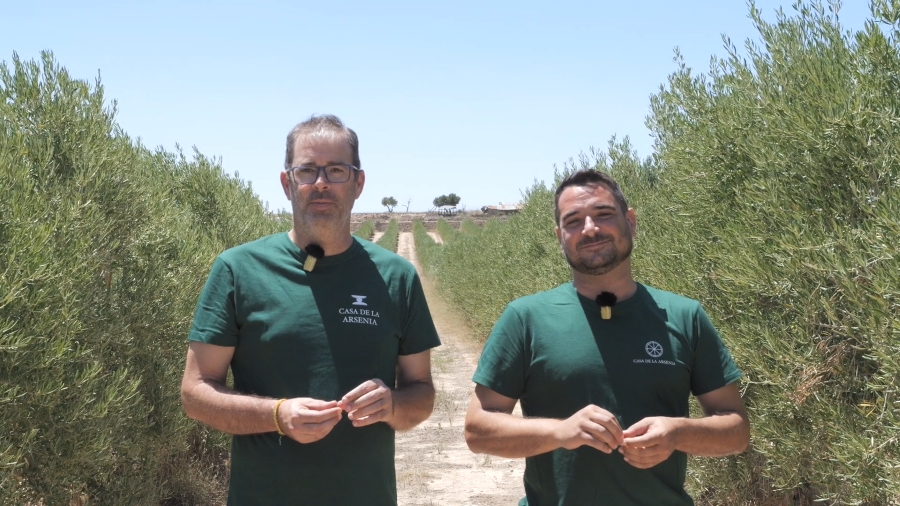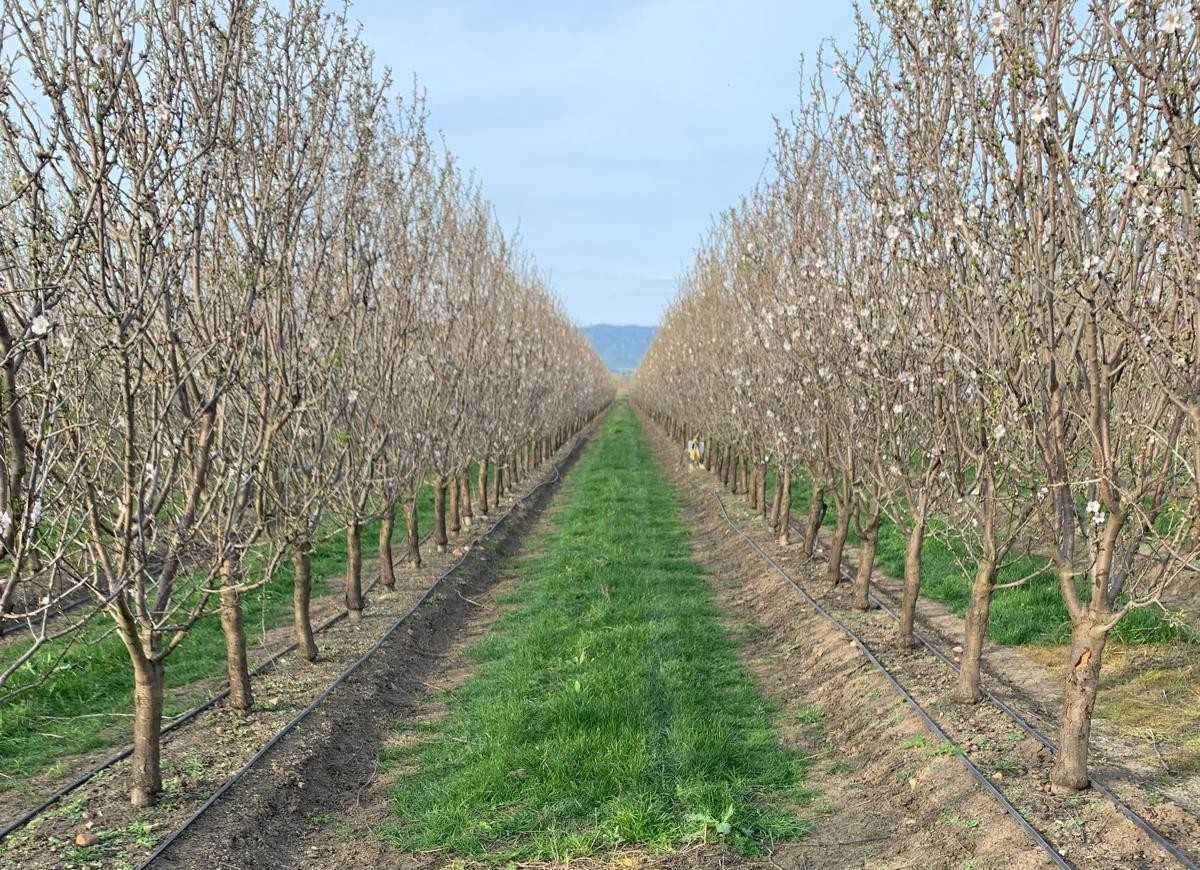California Olive Ranch: Driving the Super High Density Revolution in California
Interview with Lizandro Magaña, Vice President of Agricultural Operations at California Olive Ranch
From labor-saving mechanization and water-efficient farming, to frost-tolerant varieties and a more informed consumer, Magaña explains how California Olive Ranch and its 50 partner growers are transforming olive oil production in the U.S.
Could you explain to us what California Olive Ranch is?
At California Olive Ranch, we grow, process, bottle, and market our own brand. We manage approximately 12,000 acres (4,850 ha) of olives in Super High Density: about half are company-owned and the other half cultivated by more than 50 contracted growers. For our partner growers we provide analyses such as tissue and soil sampling, irrigation scheduling, and fertilization plans, thereby aligning both our individual and collective objectives.
Labor scarcity is a constant headline in California agriculture. How does the Super High Density system help?
In California, as everywhere, we have a serious labor problem. It is very difficult for us to find quality labor and it represents a high cost for the company. That is why we invested in the Super High Density system some time ago. Today, almost all field work is mechanized: pruning, mowing, and especially harvesting, so our dependence on manual labor is much lower than in traditional olive groves, protecting field margins even in tight labor markets.

Water scarcity is another major global challenge. How does olive growing fit into that reality?
Olive trees thrive with relatively little water, only a fraction compared to many competing crops. That efficiency makes the Super High Density model resilient as water allocations become restricted, especially in southern California.
Have you considered expanding the model outside California?
For now, no. Other states face challenges such as severe frosts, extreme heat, high humidity, and frequent rains, which are not suitable for olive trees. California continues to offer the best combination of climate, infrastructure, and grower expertise for our system.
Climate change has brought a new threat: late frosts. How are you mitigating that risk?
Frost episodes have affected three of the last six seasons, so we are testing varieties that flower earlier or later, and that better tolerate sudden drops in temperature, compared to our main varieties (Arbequina, Arbosana, Koroneiki). Diversifying flowering times allows us to avoid losing an entire harvest to a single cold night.
Regarding Lecciana, how long have you been working with this variety and how do you evaluate its performance in California?
We have been working with Lecciana for nine years now, and we are very pleased with the variety. First of all, we have discovered its high resistance to tuberculosis, a damage we suffer a lot with some other varieties. What we value most about Lecciana is its resistance to cold; we have had several years of very hard frosts in our area, and Lecciana has withstood them very well without losing much production or even trees. Today, it is clearly a candidate variety for the new plantations the company has in mind.
You have observed U.S. olive oil consumers for 16 years. What is the biggest change?
Now consumers are much more informed, thanks to social media and nutritional science, about quality, origin, and health benefits. Although California still supplies only a small part of U.S. demand, that knowledge is pushing the market toward fresher, traceable, single-origin oils, which plays to our strengths.

Looking to the future, what will determine the success of California Olive Ranch and its growers?
Continue mechanizing, develop climate-resilient varieties, and educate the consumer. If we align those three levers—efficiency, adaptability, and quality—the future of Californian olive oil will be promising.







